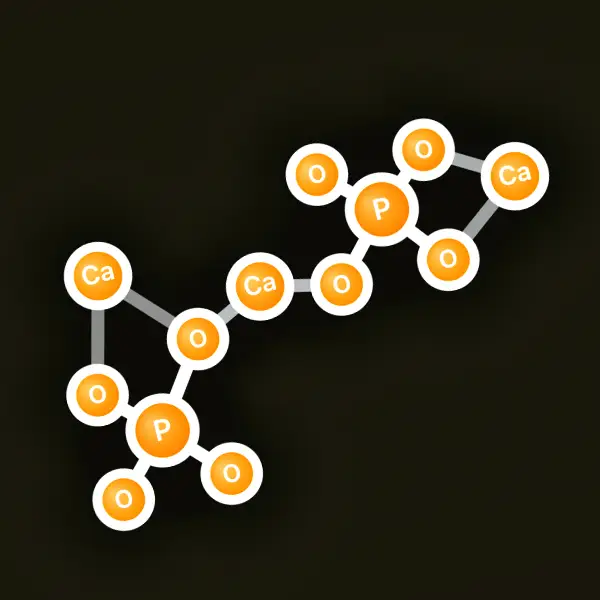November 2025: Managing Forward Crops and Locking in Yield Potential
Favourable autumn drilling conditions and above average soil temperatures have driven rapid and even establishment across many early-sown winter wheat crops this season. Continued soil warmth, adequate rainfall and residual soil nitrogen have supported sustained growth and tillering well into November.
While crops have got off to the perfect start, this accelerated development has created a unique agronomic challenge – high nutrient demand, extended weed germination, and increasing early disease and virus pressure.
As crops continue to grow at pace, the focus now must shift from establishment to maintaining physiological balance and protecting the yield potential that has been built during this critical foundation phase.
“This season has set up strong crops with real promise,” notes Rob Suckling, Commercial Technical Manager at De Sangosse. “But with that comes a much higher draw on trace elements, and a need to manage lush, fast-growing canopies carefully if we’re to carry this potential into the spring.”









